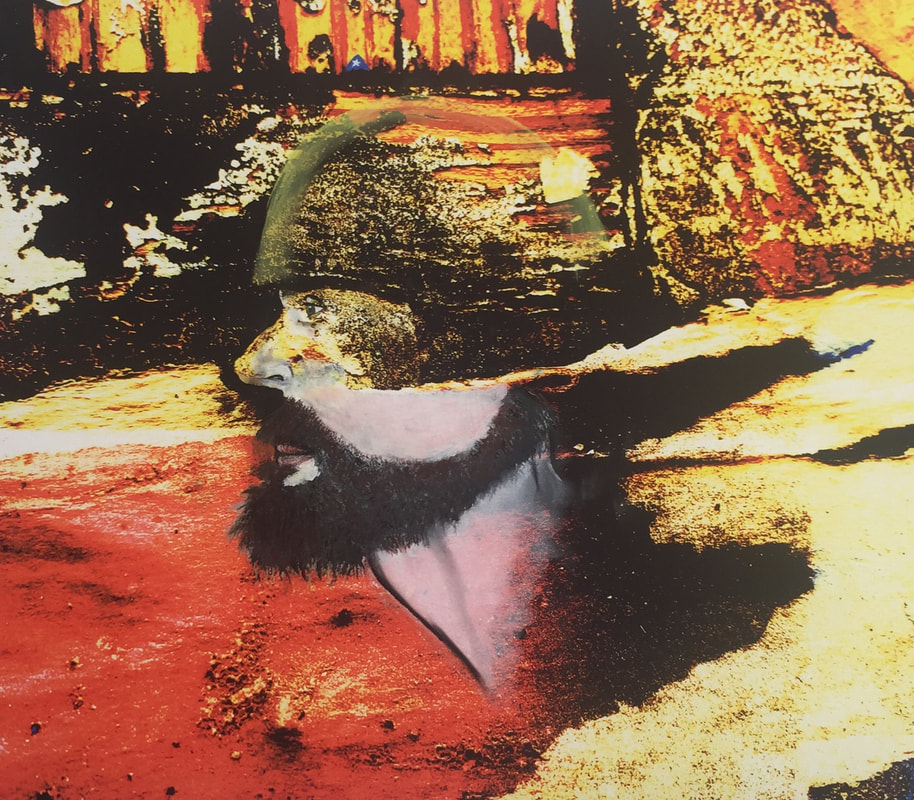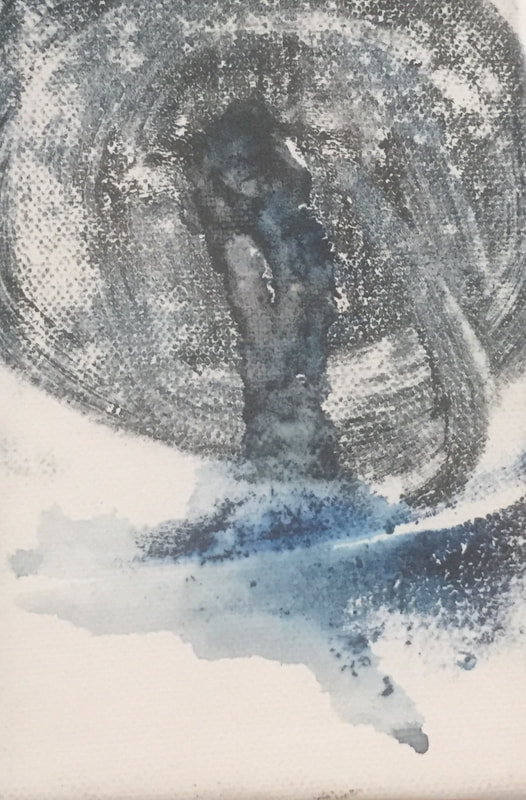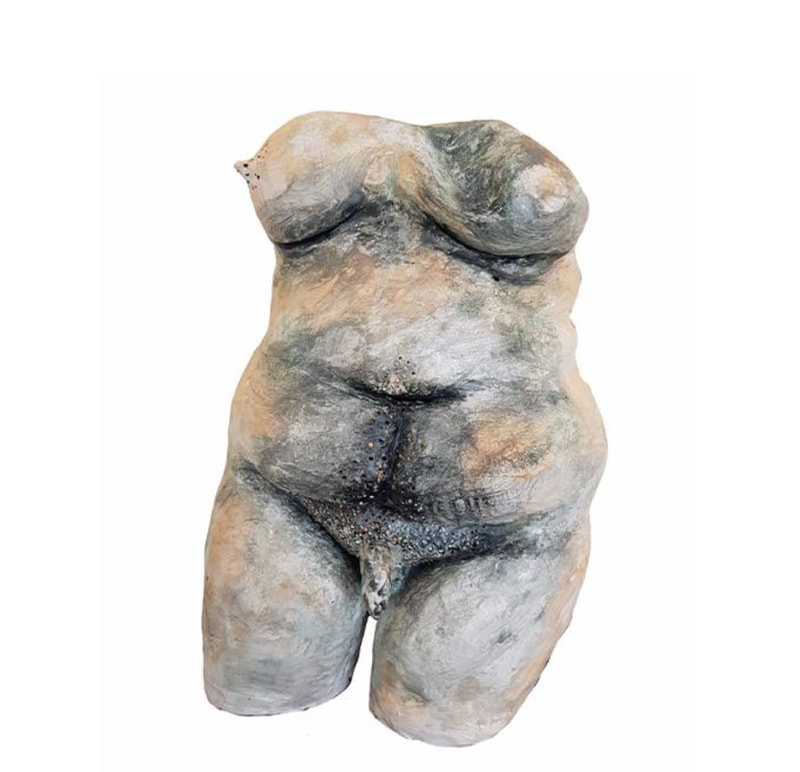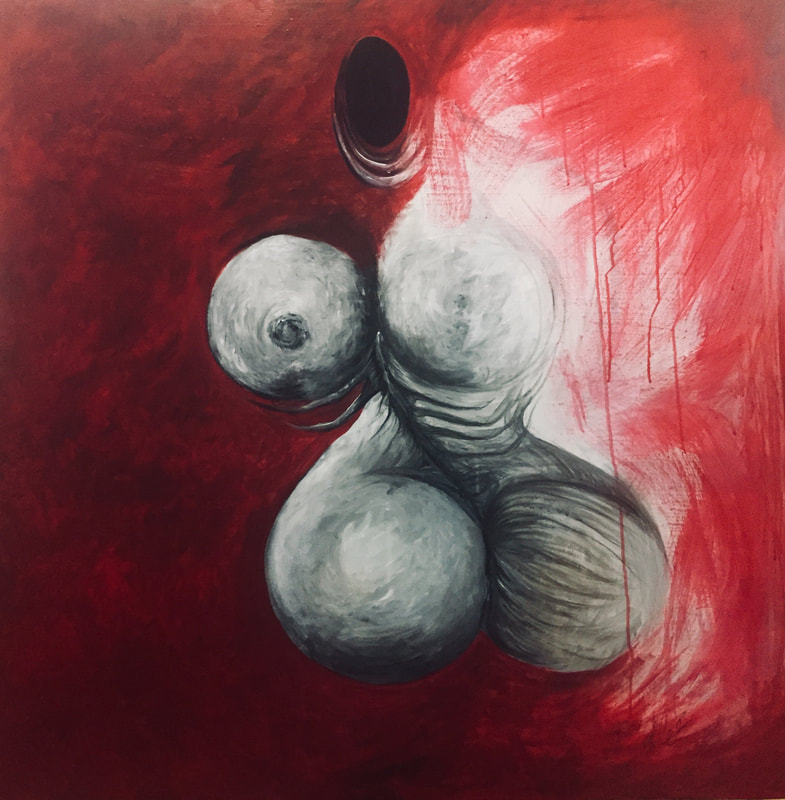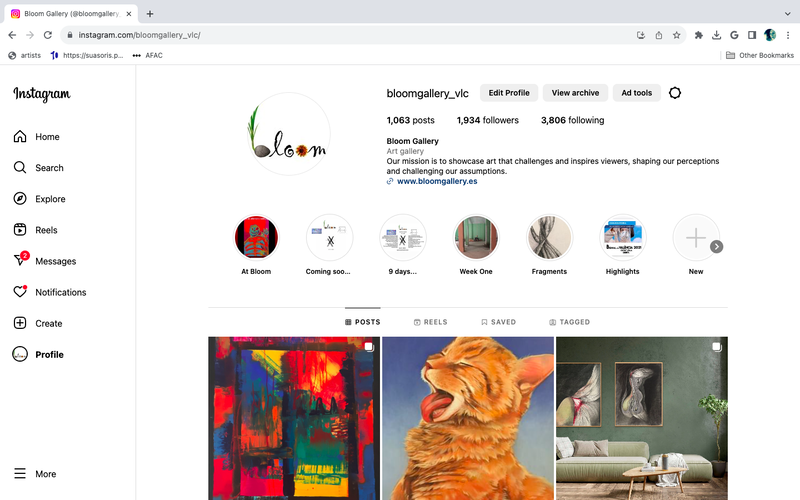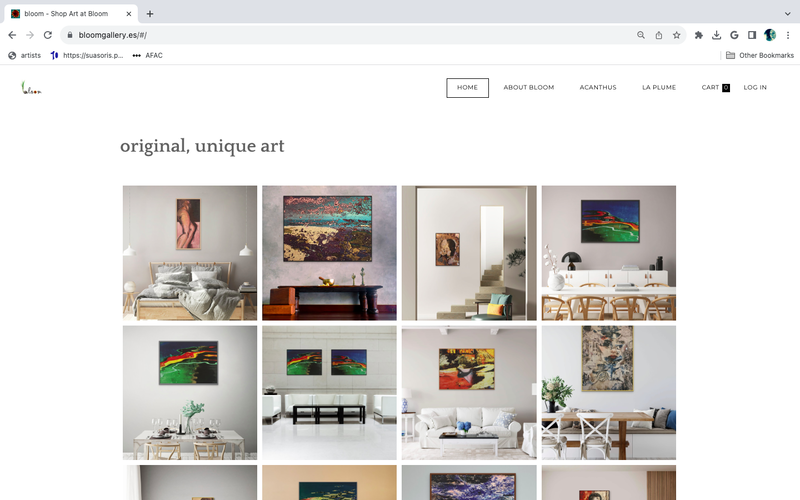|
Art in wartime is a fascinating topic that has many aspects and perspectives. Art often reflects the unique challenges, emotions, and experiences that arise in special circumstances. Wartime art can encompass a wide range of forms, from visual arts like painting and sculpture to literature, music, film, and more. Here are some key points about art in war time:
0 Comments
Art has long served as a powerful tool for societal commentary and self-expression. In recent years, feminist artists have harnessed their creativity to challenge norms, provoke thought, and redefine the boundaries of sexuality and empowerment through the genres of erotic and confrontational art. By delving into the complex interplay of gender, sexuality, and societal constructs, these artists pave the way for inclusive dialogues and redefine the traditional narrative. This article delves into the realm of feminist erotic and confrontational art, examining its significance, historical context, key artists, and its impact on reshaping cultural perceptions.
The Intersection of Feminism and Erotic Art Feminist erotic art marries the intimate realm of sexuality with the feminist movement's core principles of equality, autonomy, and agency. It seeks to liberate female bodies from objectification and re-appropriate them as sites of empowerment and self-expression. By embracing the female gaze and encouraging candid exploration of desire, these artists dismantle the patriarchal framework that has historically controlled the narrative around sex and pleasure. Historical Context The roots of feminist erotic art can be traced back to the 1960s and 1970s, during the height of the feminist movement's second wave. Artists like Judy Chicago and Betty Tompkins pushed the boundaries of artistic expression by engaging with explicit imagery and explicit language. Their work challenged society's discomfort with the female body and its natural functions, asserting that the female experience, including sexuality, is not something to be shamed but celebrated. Key Themes and Approaches
Impact and Challenges Feminist erotic and confrontational art is not without its share of controversy. Critics argue that such works perpetuate objectification or merely invert traditional power dynamics. However, supporters argue that these artists actively reshape the discourse around sexuality and gender, creating space for conversations that challenge the status quo. In a world where female bodies are often commodified and exploited, feminist erotic art seeks to reclaim control and autonomy. By celebrating sexuality on women's terms, these artists empower individuals to embrace their desires without fear of judgment or shame. The confrontational nature of this art forces society to confront its discomforts and preconceptions, encouraging discussions that challenge stereotypes and push for progress. Feminist erotic and confrontational art transcends the boundaries of traditional aesthetics, inviting viewers to engage with complex and often provocative themes. These artists encourage dialogue about gender, sexuality, and societal constructs, fostering a more inclusive and empathetic world. By challenging norms, embracing diversity, and redefining narratives, feminist erotic and confrontational art plays a crucial role in dismantling patriarchal frameworks and promoting empowerment for all. Instagram is one of the most popular social media platforms for artists, with over 1 billion monthly active users and 500 million daily active users. It allows artists to showcase their work, connect with their audience, and discover new opportunities. However, is Instagram enough for artists to build their online presence, or do they also need a website to complement their social media strategy? In this essay, I will compare the pros and cons of having an Instagram account only versus having both an Instagram account and a website as an artist. Pros of Having an Instagram Account Only
Cons of Having an Instagram Account Only
In conclusion, having an Instagram account only or having both an Instagram account and a website has its own advantages and disadvantages for artists. There is no definitive answer to which one is better, as it depends on the artist’s goals, resources, and preferences. However, I would recommend that artists have both an Instagram account and a website if they want to maximize their online presence, reach, and impact. Having both platforms can help artists create a more balanced and comprehensive online strategy that combines the benefits of social media and website. It can also help artists diversify their sources of income, exposure, and opportunities. |
Details
about bloomWe are a European/Lebanese run art space in Valencia, Spain. Archives
July 2024
COPYRIGHT NOTICE© Bloom Gallery. Unauthorized use and/or duplication of this material without express and written permission from this site’s author and/or owner is strictly prohibited. Small excerpts and links may be used, provided that full and clear credit is given to Bloom Gallery with appropriate and specific direction to the original content.
|
